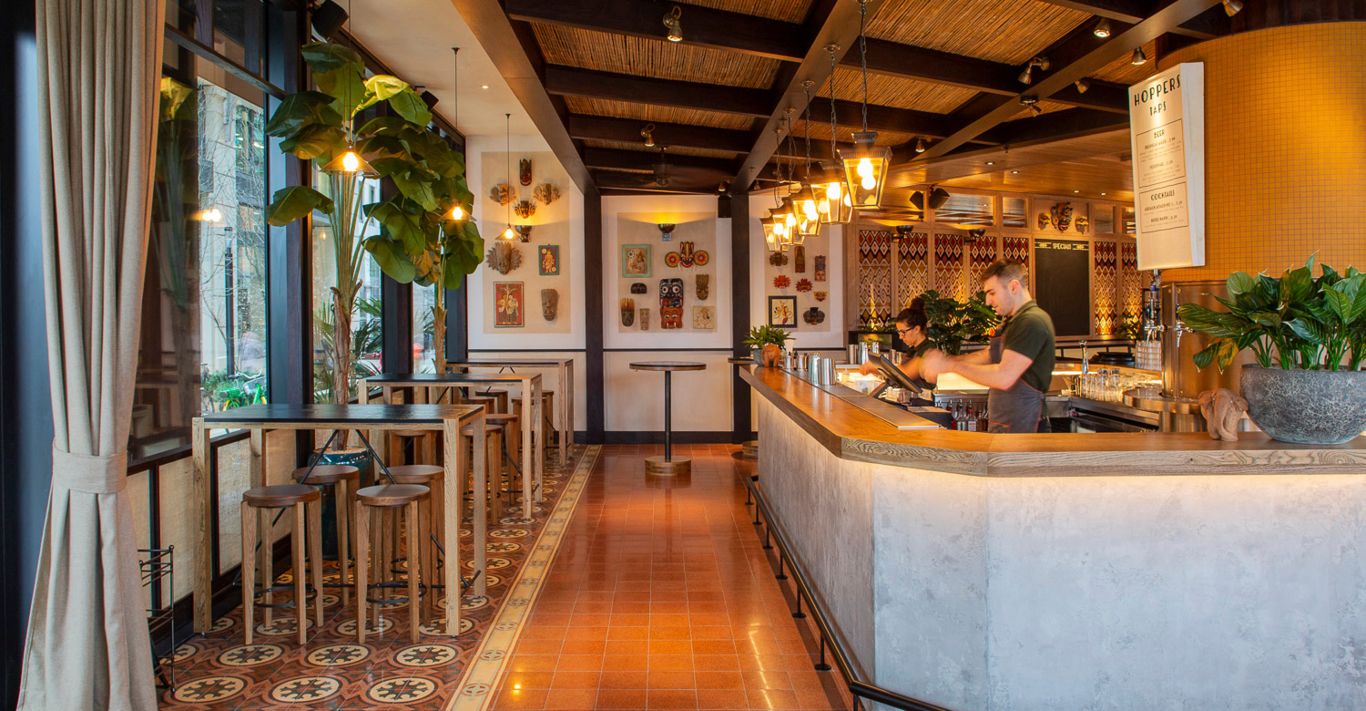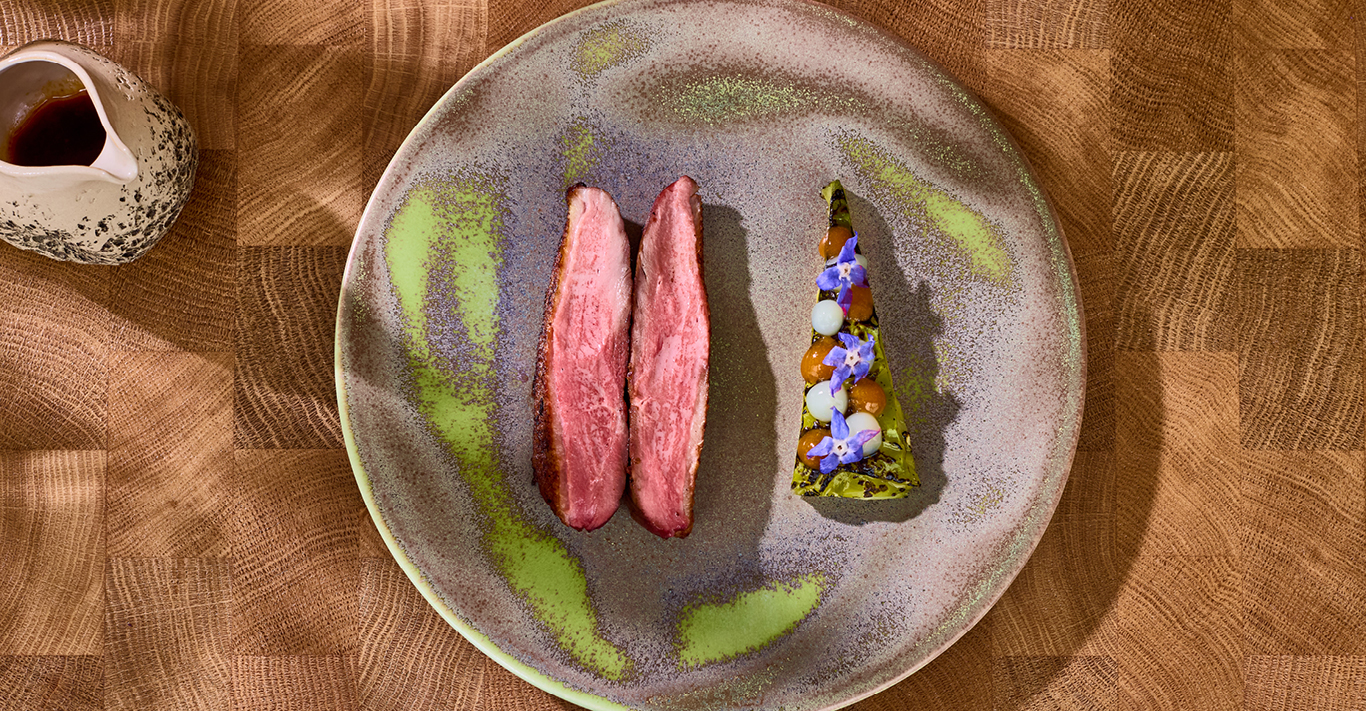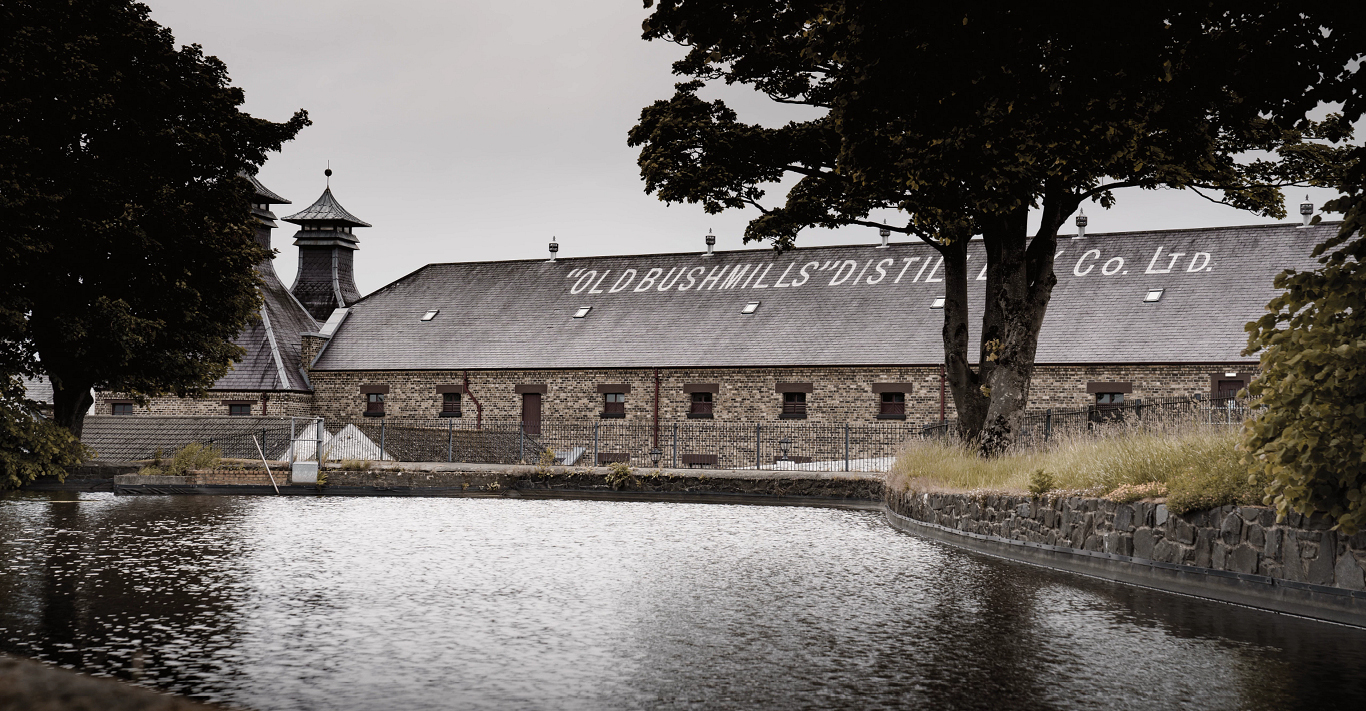WORDS
Chris Madigan
Never mind the brick wall that leads to the Hogwarts Express, the real magic of King’s Cross these days is found in the restaurants and bars. Without the space constraints of the West End, hospitality venues are able to spread out a bit and offer more than their branches can in, for example, Soho. This is certainly the case at Hoppers King’s Cross, where the bar takes centre stage in the restaurant, and the cocktail and spirits offering is more extensive than in its sister establishments.
Hoppers’ spicy menu is inspired largely by Sri Lankan and South Indian food, such as kothu, but also includes curries, biryanis, barbecued dishes and more, all mopped up with a supply of pancake-like dosas and the eponymous bowl-shaped hoppers. The flavours are rich and powerful, with tamarind, coconut milk and turmeric adding depth, while cloves and cardamom add highlights to the chilli heat.
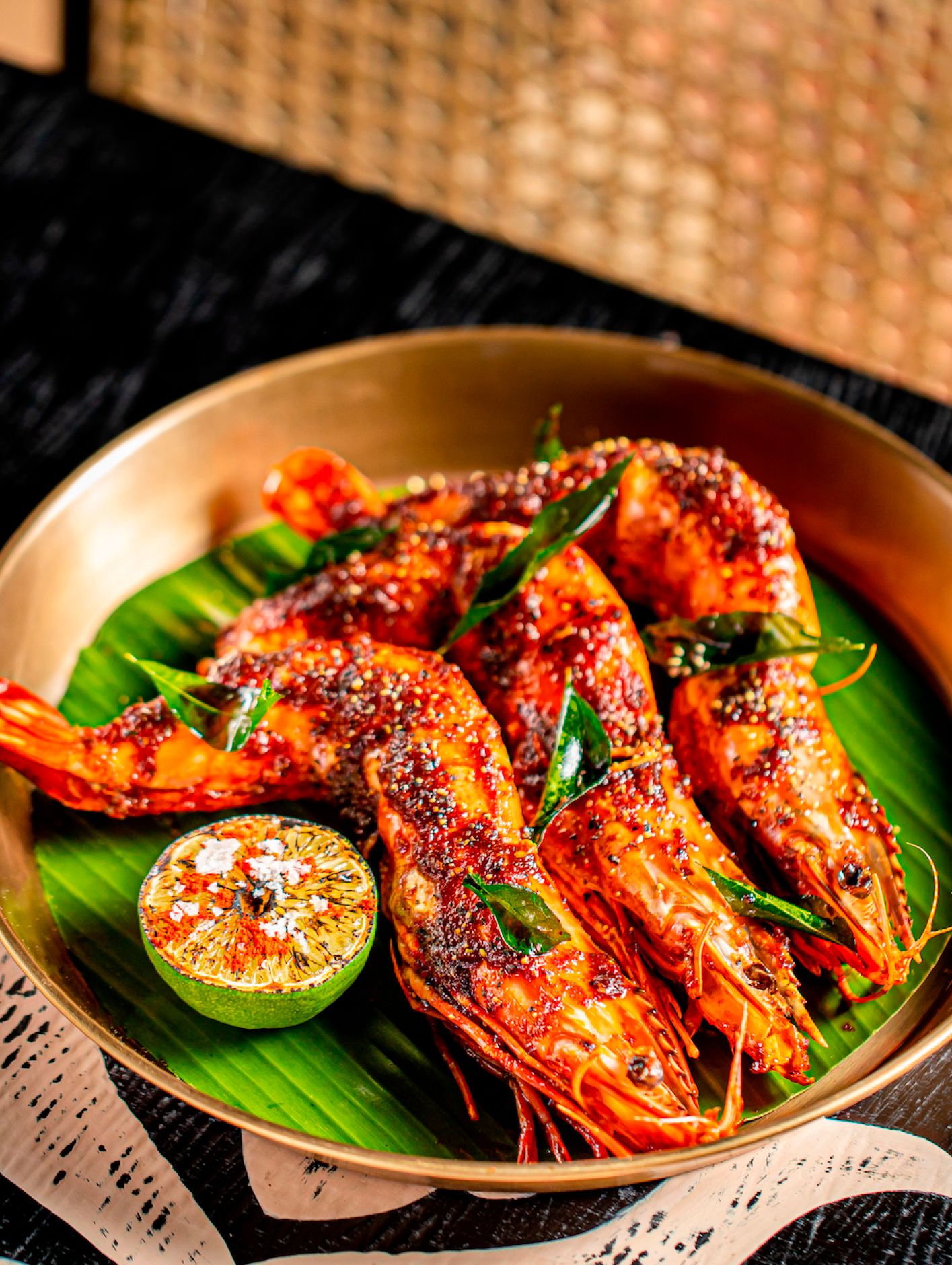
The old saying is that spicy food is the best to eat in hot weather as it helps regulate body temperature (ie, it makes you sweat) but it certainly leads you to work up a thirst. Hoppers’ group bar manager Martin Balo has ensured the King’s Cross venue’s drinks list has an authentic Sri Lankan and Indian feel to it. ‘Our cocktail list tends to focus on classics with a South Asian twist,’ he says.
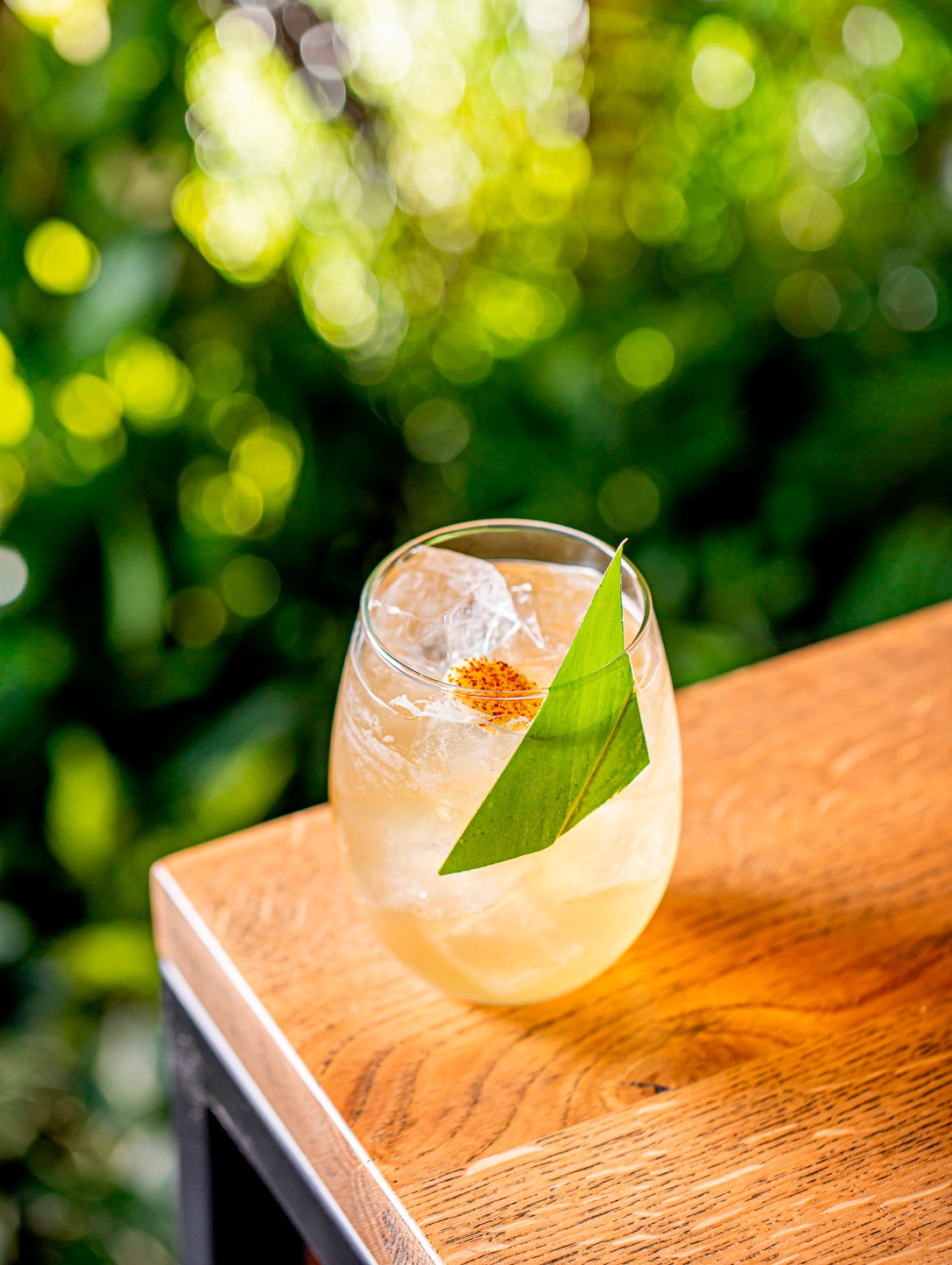
One of those twists is an occasional visitor to the menu, a Himalaya collins, which uses Amrut single malt whisky. ‘Amrut was the first Indian-owned distillery,’ says Nathan Shearer, Amrut’s UK brand ambassador. ‘Before independence in 1947, the British government would not allow Indians to own a distillery, because it meant they’d have to import whisky and gin from back home, and therefore pay import tax – which went straight back to Britain. In 1948, the Jagdale family, who were chemists in Bangalore, decided to distil so-called whisky from sugar cane – there were no rules then.’
You’ll be glad to hear that Amrut produces something far more sophisticated these days. ‘In 1987, they started to make proper single malt, using barley from the north of the country,’ continues Shearer. ‘The barley there is very protein-rich, so it produces a very creamy spirit. And the other main difference to Scotch is that with temperatures of 40°C in the summer and rarely lower than 20°C in the winter, the rate of extraction of wood character from the barrel is three or four times faster.’
This produces a very drinkable, peaches-and-cream, Lowland-style single malt. Whisky, however, is not the most represented spirit on Hoppers’ drinks list – that is Ceylon arrack. ‘Arrack is the Sanskrit word for “spirit” and there are varieties of it across Asia, the Middle East and into Eastern Europe, using whatever resource is to hand,’ explains Martin Balo. ‘But in Sri Lanka it’s made from the sap of coconut flowers. They have these guys called toddy tappers, who climb the trees in the evening to cut a notch in the flower bud and hang a pot to collect the sap. Then they have to go up again before dawn to collect the sap, because it will start to ferment naturally when the sun comes up. It only takes a day to ferment before distilling, then it rests in hardwood vats, developing a subtle flavour of vanilla and spice.’
At Hoppers, arrack is used as a substitute for vodka and rum in various cocktails, and it’s also served as a liqueur, in the form of infused shots flavoured with coffee, pineapple, lychee, or – the version that Brummell would recommend – tamarind.


